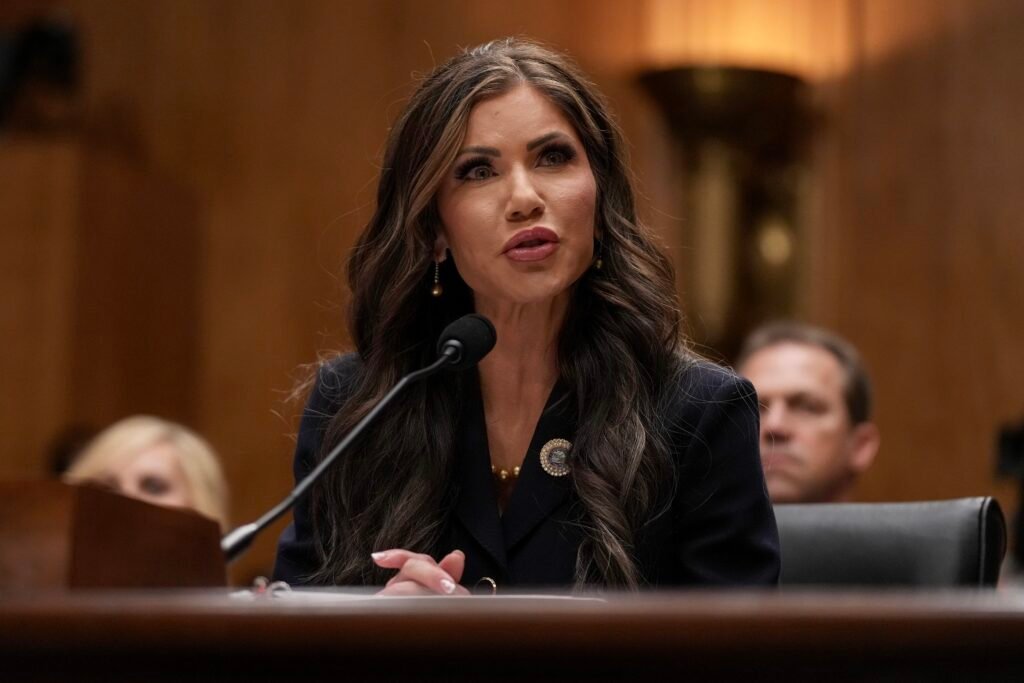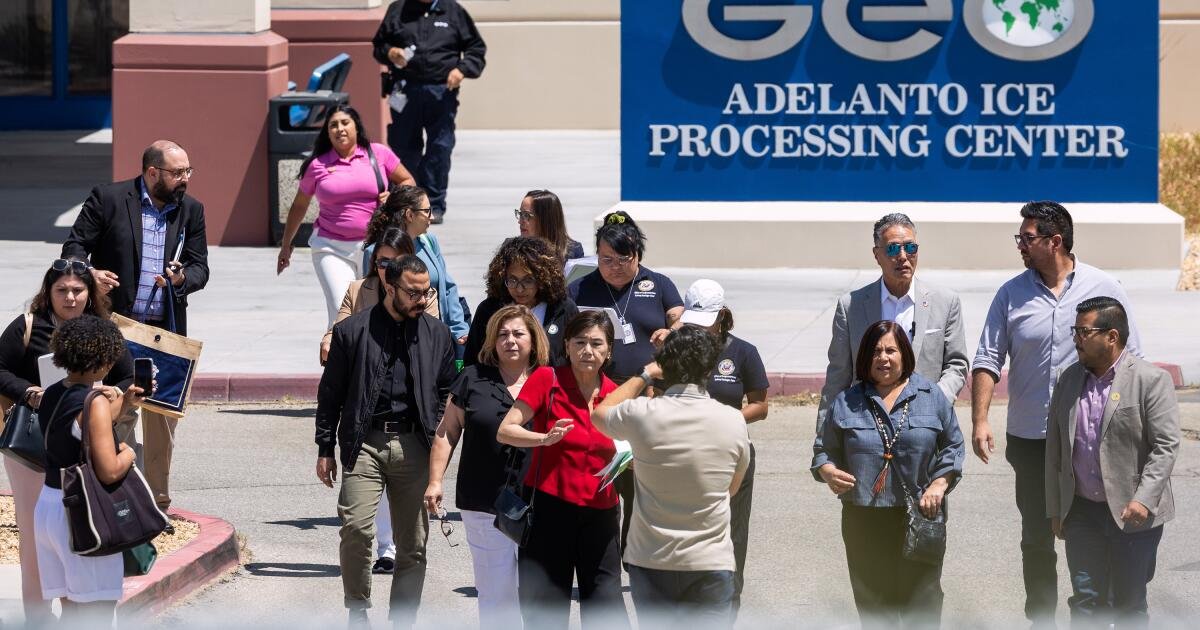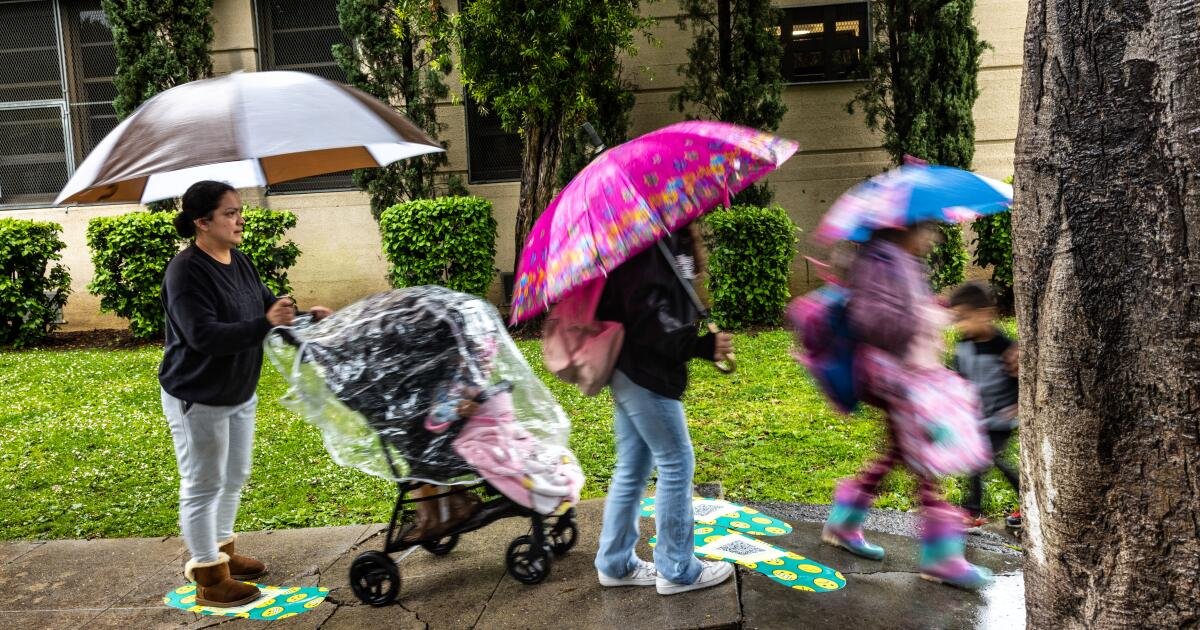Stories about the national teacher crisis have been making headlines lately. Many people suggest a teacher workforce crisis caused by low retention rates and a small number of qualified teachers. While the reality of the devastating teacher shortage continues to be debated, it is clear that teaching is not a profession for the faint of heart.
Imagine a new teacher fresh out of college who wants to influence students to learn and grow into productive citizens. However, they must deal with a different reality characterized by challenges such as micromanagement, low pay, and burnout. No wonder so many people are abandoning their careers, exacerbating existing inequalities in education. This article describes common reasons for teacher shortages, the resulting educational disparities, and possible solutions.
What is causing the teacher shortage in America?
Teachers earn significantly less than most graduates in comparable professions. Low wages, combined with other stressors in the field, cause many teachers to lose morale and abandon the profession.
-
Most solutions are aimed at attracting new teachers, not retaining old ones
There are many incentives in place to attract new teachers, but little reward for veteran teachers. Still, older teachers are mentors to beginners and encourage them to stay. Growth opportunities and financial rewards for instructional services will be a strong incentive to retain older teachers.
Although we have not yet experienced a mass exodus due to burnout, teachers' concerns about being overwhelmed should be ignored. Teachers will have to fill the gaps created by shortages, which will result in taking on more students and being given additional duties. Burnout leads to resignations and a vicious cycle of teacher shortages.
Despite having a college degree, administrators decide what, when, and how teachers teach. Micromanagement is harmful to teachers, lowering morale and causing mass turnover.
-
The number of graduates majoring in education is decreasing.
In recent years, the number of students entering university teaching courses has been decreasing. Much has been published about the challenges teachers face, so you can't really blame them.
-
health and safety concerns
The fear caused by the coronavirus pandemic and the rise in school shootings are prompting some teachers to retire and students to stay away from the curriculum. A significant number of people are not prepared to take on the health and safety sacrifices that the teaching profession requires.
How teacher shortages exacerbate existing inequalities in education
Among the most pressing issues caused by teacher shortages are inequalities in the quality of education and access to resources. Students most in need of qualified teachers are more likely to attend schools affected by teacher shortages. Mount schools with large minority populations also receive less funding than majority-white schools. Lack of funding makes it difficult for poor schools in urban and rural areas to compete for qualified teachers in the marketplace.
There is also a shortage of educators qualified to work with STEM students and students with learning disabilities. In training programs, special educators work more, earn more college credits, perform more tasks, and serve more students than regular teachers for the same or less pay. You are required to take on a loan. This makes the profession unrewarding and unsustainable, leading to talent shortages that exacerbate educational inequities for students with special needs.
Fortunately, technology has made it easier for students to receive help with their studies and assignments online. Currently, many students are looking for essay help Get help with difficult assignments and deepen your understanding of difficult topics from experts online. Some are using remote or hybrid learning to support their education.
What can I do to fix the situation?
-
raise teachers' salaries
Some school districts have succeeded in alleviating teacher shortages by raising salaries. This is a great way to encourage students to major in that field. Providing scholarships to hard-working staff who are constantly understaffed, such as those teaching STEM fields or special education, is also a great place to start.
-
Bottom-up support
School districts need to listen to feedback from teachers about what school environments should feel and look like. Most of them have innovative ideas and extensive experience in improving teacher well-being and the overall learning environment.
-
autonomy
To retain old teachers and attract new ones, schools need to make their campuses a place where educators want to work, and lack of autonomy is teachers' biggest complaint. For example, teachers need the leeway to set discipline policies, create grading, and directly spend classroom resources. Schools also need to address bullying among staff to create a healthy working environment.
-
New educator support and training
The first few years of a teaching career can be a critical time in deciding whether to stay or leave the profession. They are learning how to deal with the challenges they will have to deal with throughout their careers, such as relationships with parents, student discipline, and school board politics. Mentoring and training during the transition period is essential for new teachers as it increases retention, increases job satisfaction, and improves student achievement.
-
Comprehensive teacher evaluation
Teacher evaluations rely primarily on test scores, leading to severe teacher shortages in transitional districts. Teacher effectiveness is about more than test scores. Many teachers report that teacher evaluation and curriculum oversight methods played an important role in their decision to leave the profession. Therefore, comprehensive evaluation promotes teacher retention.
Solving America's teacher shortage and resulting educational inequities is not rocket science.
The causes of teacher shortages are well known in school districts. By carefully applying the recommended solutions, you can attract and retain top talent and develop new teachers who need support. Strategies such as improving remuneration and working conditions can address shortages and minimize inequalities in access to quality education.
















